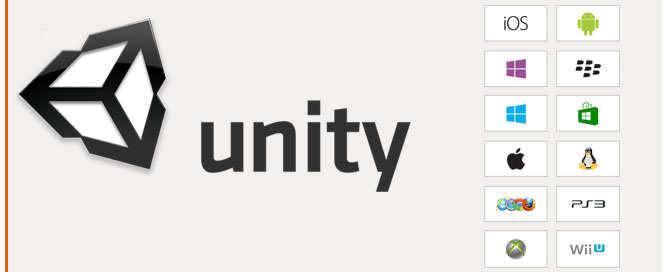Unity3D – Tutorials – UI – Scroll Rect – Text
Inside a Scrool Rect you can scroll a text greater than the Scroll Rect Area.
Scrool Rect – Yes ScroolBars
0. MAIN TOP MENU> GameObject> UI> Canvas
1. MAIN TOP MENU> GameObject> UI> Text
2. MAIN TOP MENU> GameObject> Empty Object, rename it ScrollRectObj
3. Hierarchy> select ScrollRectObj> Inspector> ‘Add Component’
> Scroll Rect (Transform component will be authomatic removed)
> Image
> Mask
4. Parent as show below:
– Canvas
-> ScrollRectObj (child of Canvas)
->> Text (child of ScrollRectObj)
5. Setup size and position:
– Inspector> ScrollRectObj: Width= 100 Height= 100 Pos XYZ= 0,0,0
– Inspector> Text: Width= 100 Height= 400 Pos XYZ= 0,0,0
The Text is greater than ScrollRectObj and it will scroll from top to bottom
6. Setup ScrollRectObj
– Inspector> ScrollRectObj> Scroll Rect (Script)> Content, DRAG AND DROP from ‘Hierachy> Text’ here
7. Vertical Scroll Bar
a. Hierarchy> RMB over Canvas> UI> Scrollbar
– Canvas
-> ScrollRectObj (child of Canvas)
->> Text (child of ScrollRectObj)
-> Scrollbar (MUST BE CHILD OF CANVAS)
b. Hierarchy> select Scrollbar DRAG AND DROP Inspector> ScrollRectObj> Scroll Rect (Script)> Vertical Scrollbar
c. Inspector> ScrollBar> Rect Transform> Rotation Z=90
OR
c. Inspector> ScrollBar> Scrollbar (Script)> Direction> Top To Bottom
3. Play and enjoy!




